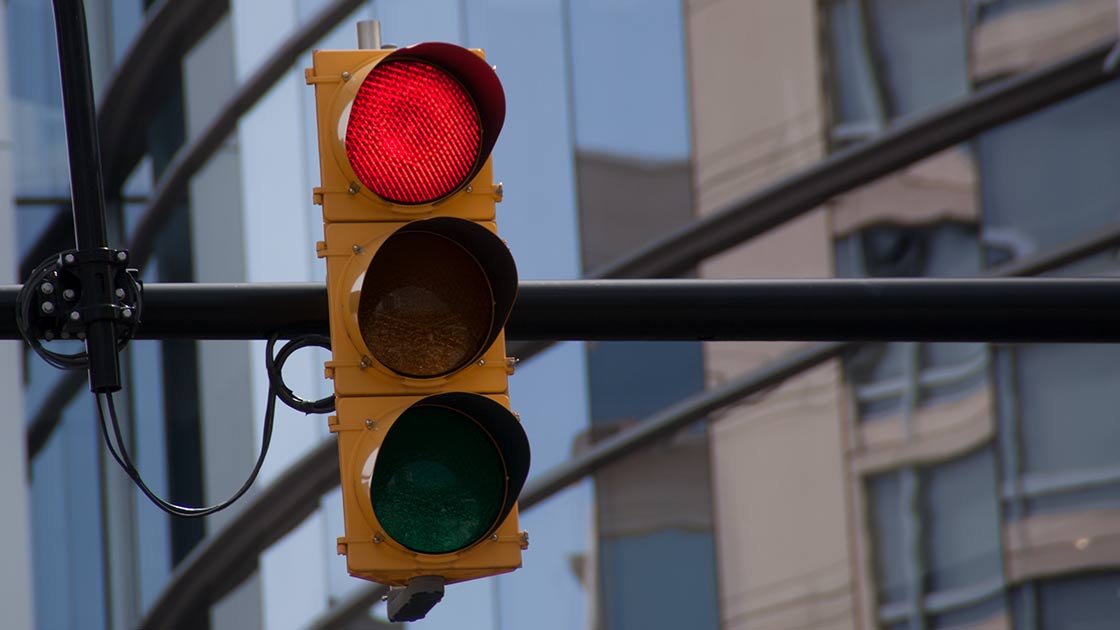Red light cameras reduce injury crashes in Chicago
October 19, 2017

Red light cameras in Chicago have reduced injury crashes by 10 percent and angle injury crashes by 19 percent, a recent analysis of one of the biggest automated enforcement programs in the country shows.
Researchers from Northwestern University conducted the study for the city. They examined 340 approaches at intersections where cameras were installed and looked at the number of crashes before and after the cameras were turned on. By using the number at 236 similar approaches without red light cameras in the city as a control, they estimated the difference in the number of crashes at camera intersections after the cameras were activated with the number that would have been expected without cameras.
The researchers used changes in crashes in neighboring towns to account for potential spillover effects at Chicago intersections without cameras. Red light cameras in some cases have been shown to have safety benefits across a city, even at intersections without cameras.
Along with the decrease in angle injury crashes and overall injury crashes, the researchers found a 14 percent increase in rear-end injury crashes at intersections with cameras. Such increases are sometimes observed when cameras are installed, as more drivers stop to avoid a ticket. However, such rear-end intersection crashes tend to be far less severe than the angle crashes the cameras are designed to prevent.
The study also looked at violations at 152 of the camera-equipped intersections and found that red light camera violations decreased over time. However, the violation analysis didn't include information from noncamera intersections, so it isn't clear whether the decline was due to the presence of cameras or not.
The Chicago study is just the latest to confirm that red light cameras improve safety. A 2016 IIHS study comparing large cities with red light cameras to those without found the devices reduced the fatal red light running crash rate by 21 percent and the rate of all types of fatal crashes at signalized intersections by 14 percent.
Despite this benefit, automated enforcement remains controversial. Many view it primarily as a tool for municipalities to raise revenue, rather than as a safety measure.
As part of their study, the Northwestern researchers interviewed both local and national stakeholders to gauge their opinions about the red light cameras. IIHS was among the groups surveyed.
Although safety advocates and transportation experts viewed the program positively, opinions were more negative among stakeholders characterized by the authors as "community representatives," a group that included aldermen and representatives of neighborhood organizations. Most believed the cameras' purpose was to generate revenue.
Although IIHS surveys have found widespread support for cameras among the general population (see "In the nation's capital, solid support for automated enforcement," April 25, 2013, and "Red light cameras see solid support in latest survey, " July 19, 2011), the negative opinions cited in the report point to the need for better communication about the Chicago program's purpose and greater transparency about the results.